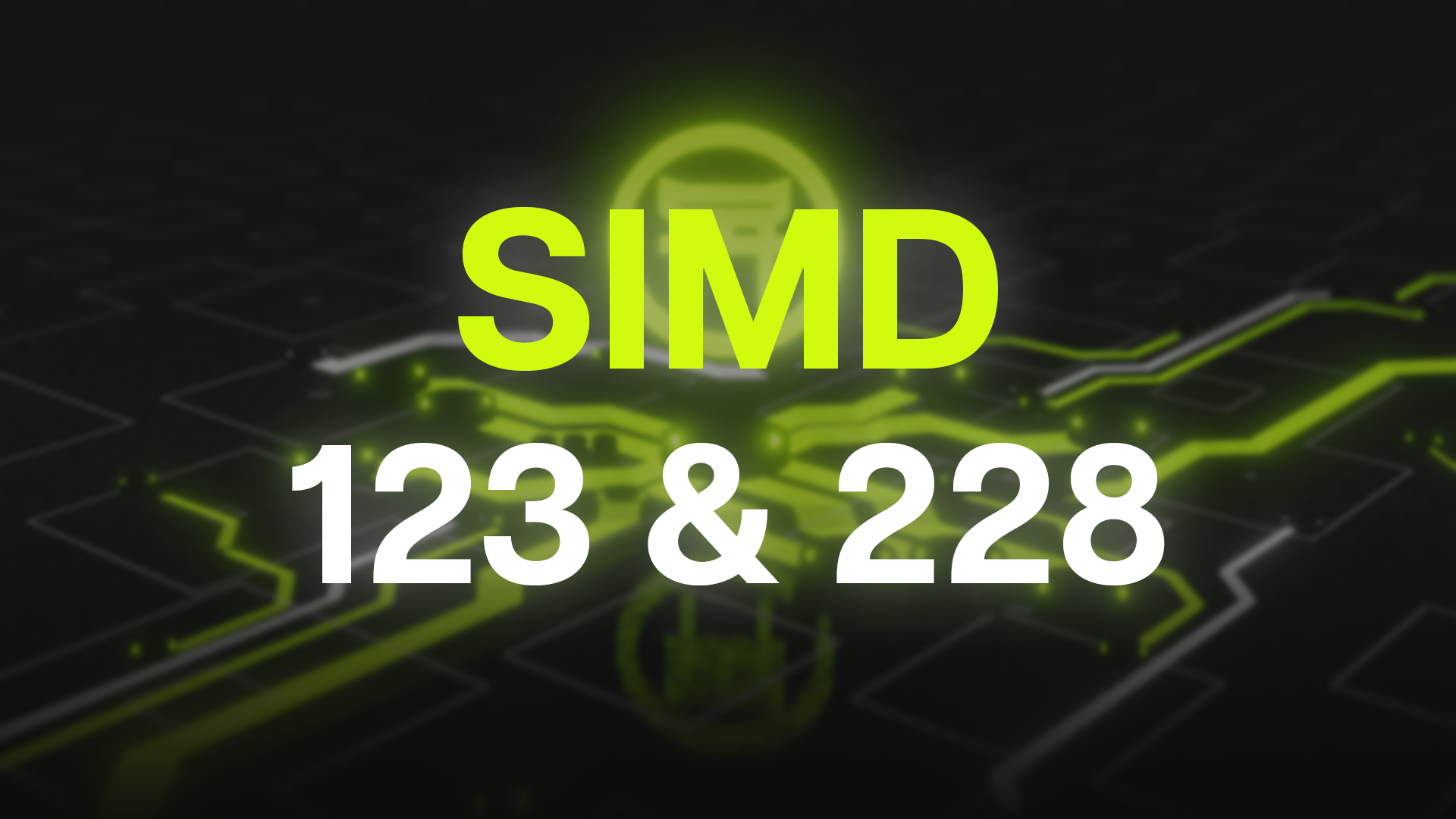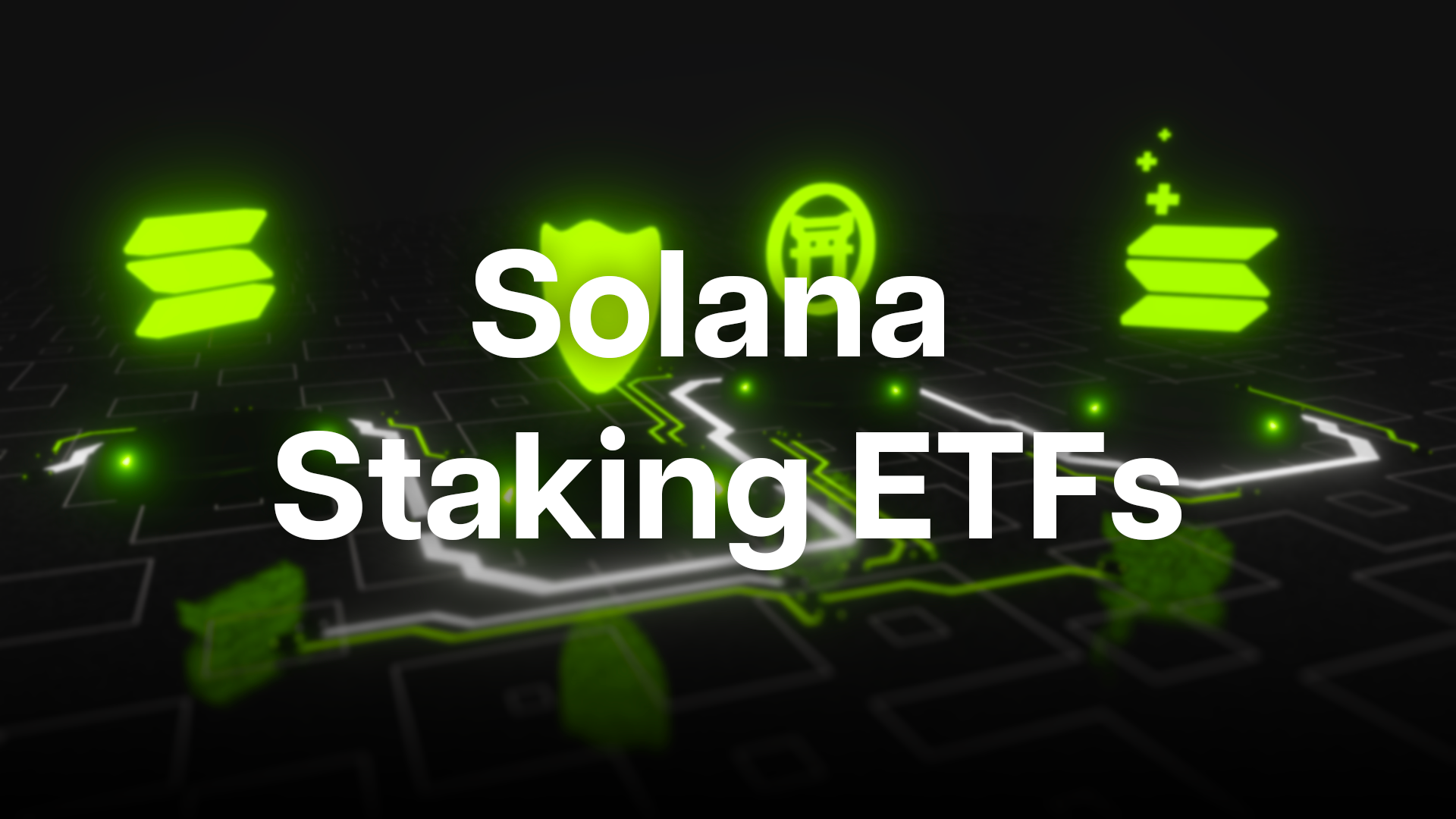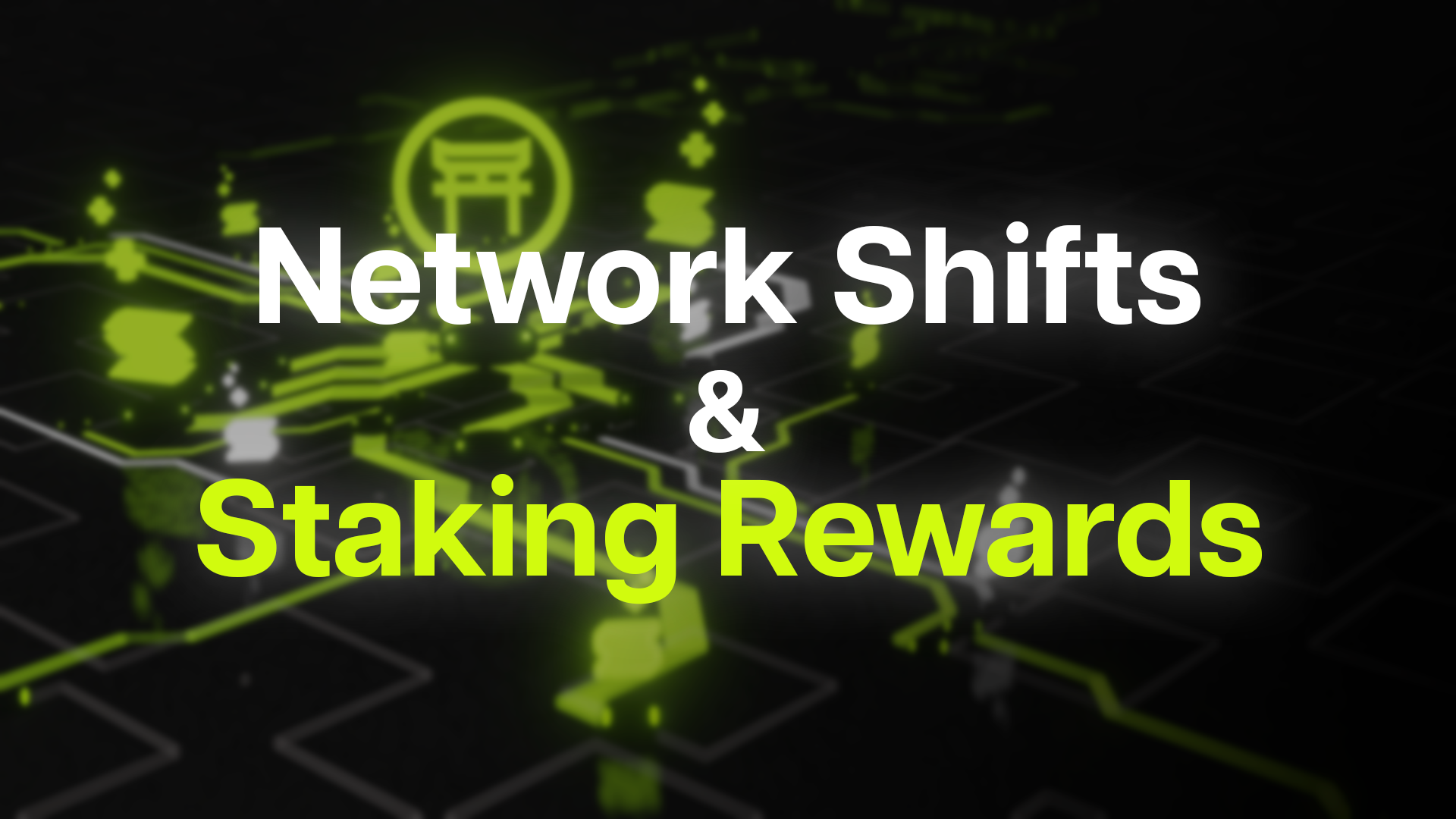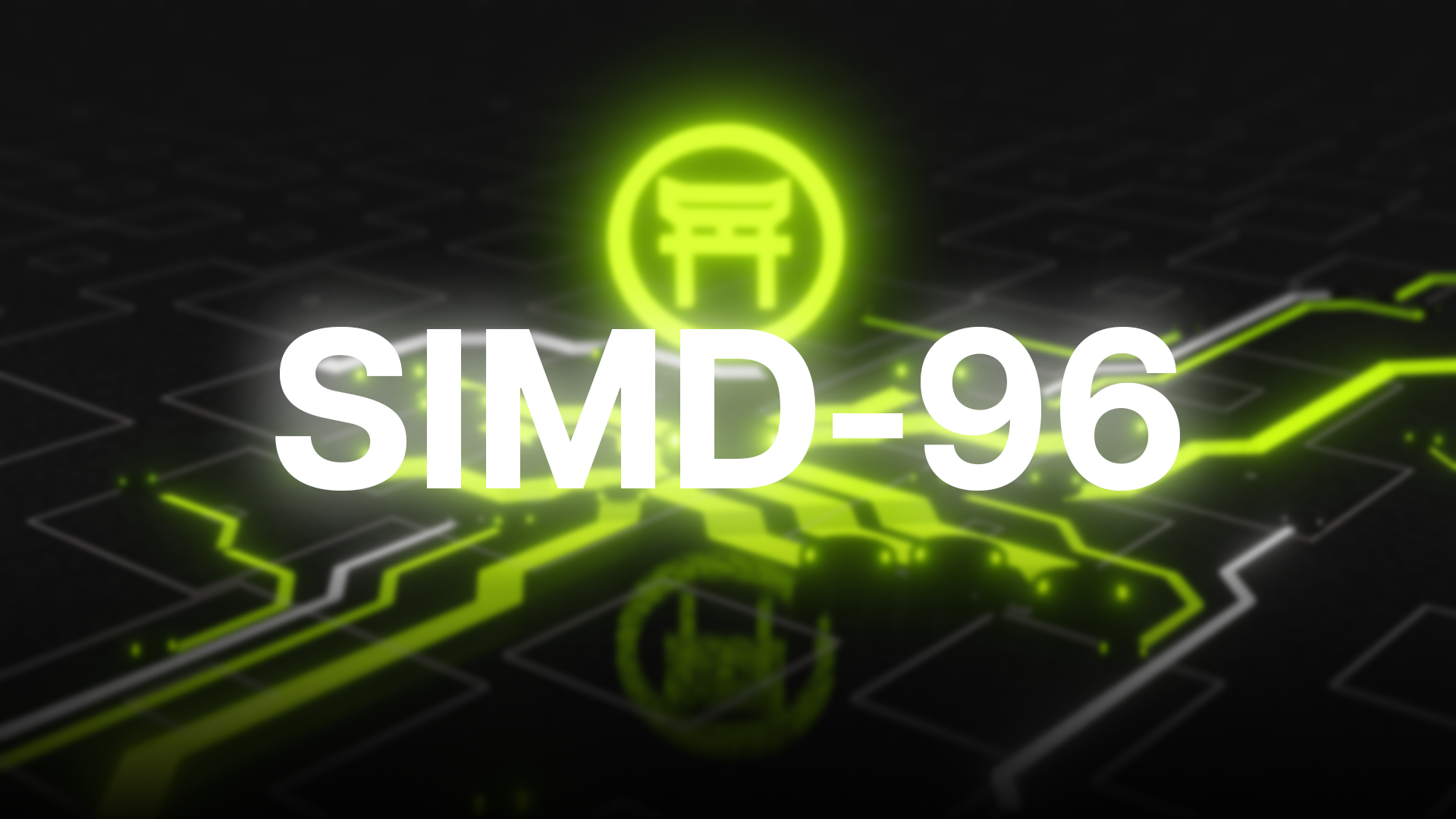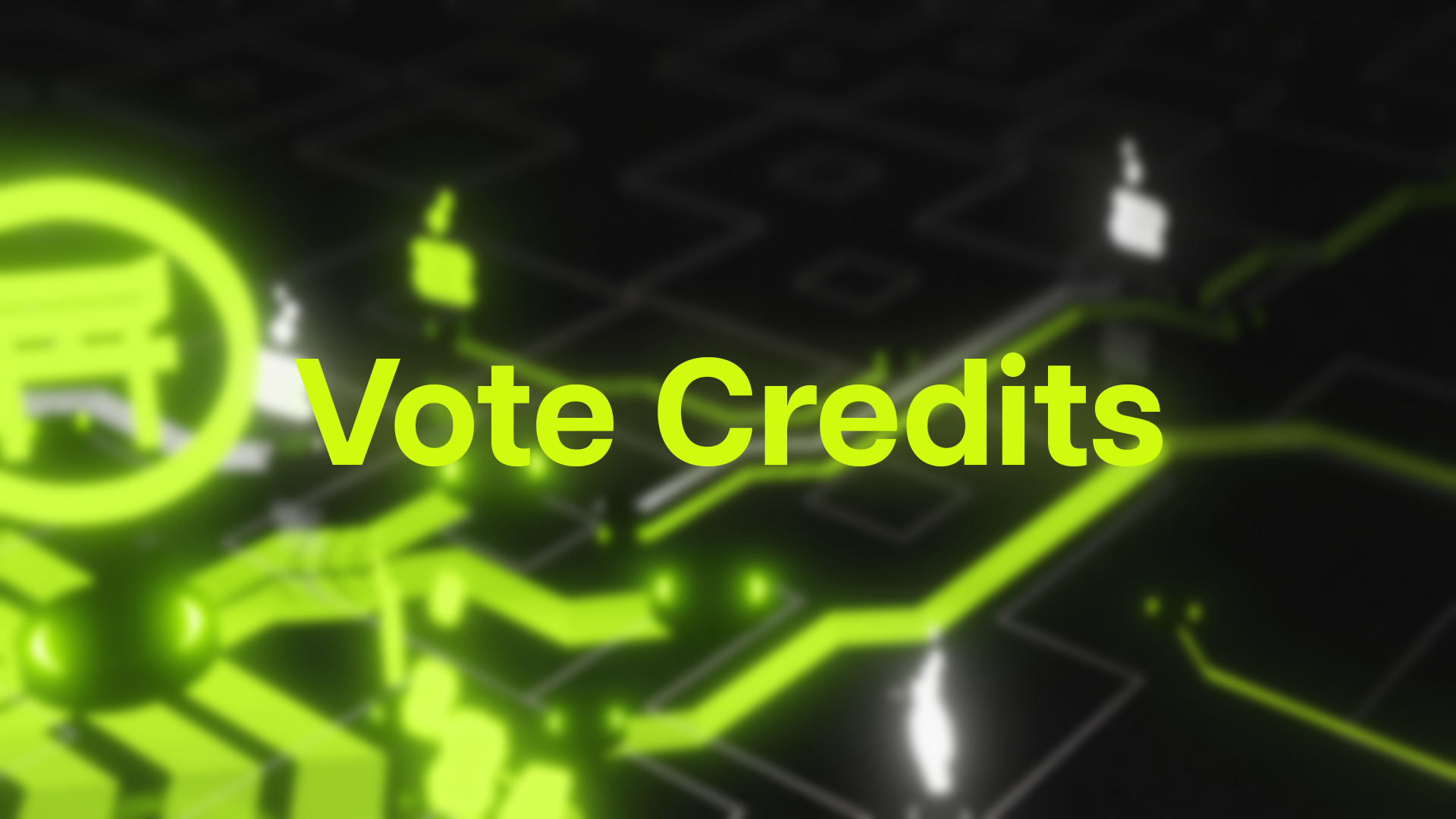Imagine Solana’s token issuance as a faucet. Right now, it’s set to a predictable flow—starting high and trickling down over time. SIMD 228 wanted to make that faucet smart, adjusting the flow based on how many people are staking their SOL. The idea hinged on a formula—i(s)=r×(1−s+c×max(1−2s,0)) —that sounds complex but boils down to this: the more SOL staked, the fewer new tokens get made. At a staking rate like 65%, inflation could dip below 1%, tightening supply and potentially boosting SOL’s value. The catch? It aimed to find the bare minimum issuance needed to keep the network secure, which sounded great until smaller validators started sweating about their shrinking rewards.
The pitch was bold: cut excess tokens to ease sell-off pressure, spark more decentralized finance (DeFi) activity, and keep Solana safe without overpaying. Supporters saw it as a fix for a wasteful system, like plugging leaks in a bucket. But not everyone was on board. Smaller validators, who rely on steady payouts to cover costs, feared the unpredictability could push them out. Big players might weather the storm, but critics worried it could tilt the network toward centralization—a risk Solana’s decentralized ethos couldn’t afford.
SIMD 123: On-Chain Validator Reward Distribution
Then there’s SIMD 123, a quieter proposal with a laser focus on fairness. Validators currently promise stakers a cut of the rewards off-chain—think of it like a handshake deal with no receipt. It works until someone feels shortchanged, and there’s no easy way to check. SIMD 123 said, “Let’s put it all on the blockchain.” By moving reward splits on-chain, validators could set their commission rates—anywhere from 0% to 100%—and stakers could see exactly what they’re owed, clear as day. It’s about trust, plain and simple, ensuring everyone gets their fair share without the guesswork.
The goal was twofold: make reward distribution transparent and iron out disputes with a standardized, blockchain-backed process. Stakeholders like Helius Labs cheered it on, seeing it as a cornerstone for a healthier ecosystem. Unlike its flashier sibling, SIMD 123 didn’t stir much controversy—its promise of clarity won hearts across the board.
Timeline of Events:
This journey kicked off in January 2025 when SIMD 228 and SIMD 123 hit the scene, lighting up community forums and social feeds with chatter. From January to March, the debates raged on. Supporters and skeptics hashed out details, and SIMD 228 even got a tweak—its transition period stretched to 50 epochs, or about 100 days, to soften the shift after community pushback. By March 8, voting opened, and the Solana faithful turned out in droves. The polls closed on March 14, revealing a split verdict: SIMD 228 fell short with 61.39% support, missing the 66.67% supermajority it needed, while SIMD 123 sailed through with a resounding 74.91% approval.
Voting Outcomes and Analysis:
The vote on SIMD 228 was a nail-biter. It pulled in 61.39% support—a solid chunk—but couldn’t clear the two-thirds hurdle. Digging into the numbers, over 60% of smaller validators pushed back, spooked by the hit to their profitability, while bigger players leaned in favor. What stood out most was the turnout: 74.3% of staked tokens voted, a figure that dwarfs even the most heated U.S. presidential elections in the last century. It’s a testament to how much Solana’s community cares.
SIMD 123, by contrast, was a slam dunk. With 74.91% backing, it flew past the finish line, uniting validators and stakers in a rare show of harmony. Everyone from grassroots stakers to heavyweights endorsed its transparency push, making it a feel-good win amid the tension of its counterpart’s defeat. Together, these outcomes spotlight a community wrestling with change but united on trust—a balance that’s shaping Solana’s identity.
Implications for the Solana Network:
With SIMD 228 off the table, Solana’s inflation stays on its familiar track—around 5% in 2025, easing down to 1.5% over time. This keeps the reward spigot flowing steadily for validators, especially the smaller ones who dodged a bullet, and ensures the network’s security doesn’t waver. Meanwhile, SIMD 123’s victory flips on the lights for reward distribution. Soon, stakers will see their shares spelled out on-chain, a move that could lure more folks into staking and strengthen the network’s backbone. Beyond the mechanics, the sheer scale of voter turnout signals a governance system firing on all cylinders, ready to tackle whatever comes next.
Impact on SOL Price:
When the dust settled, SOL sat steady at $125, holding firm above the $120 support line. The market didn’t blink at SIMD 228’s flop—some had bet on tighter supply sparking a jump, but stability won out. Looking ahead, that 5% inflation could keep a lid on wild price spikes by pumping more tokens into circulation. Yet there’s an upside: clearer rewards and a rock-solid network might draw in more users and developers, propping up SOL’s value over the long haul. If DeFi keeps booming on Solana, it could even offset the inflationary drag.
Community Sentiment:
For smaller validators, SIMD 228’s defeat was a sigh of relief—they get to keep their predictable paychecks and stay in the game. Larger validators, though some liked the dynamic model, rallied behind SIMD 123’s transparency push, proving it’s a win everyone could celebrate. Stakers, meanwhile, are grinning ear to ear—fair, visible rewards are now a reality, cementing their faith in the system. And that massive turnout? It’s proof Solana’s community isn’t just along for the ride—they’re steering the ship, deeply invested in a decentralized dream.
What Happens Next:
Solana’s inflation will chug along its current path, inching toward that 1.5% floor year by year. Validators will get busy rolling out on-chain reward splits, likely within months, thanks to SIMD 123. While dynamic inflation’s off the menu for now, don’t be surprised if the community circles back to tweak validator economics or staking perks down the road—those 74% turnout numbers show they’re not afraid to keep the conversation alive.
Conclusion:
Solana’s dance with SIMD 228 and SIMD 123 tells a story of a community weighing bold leaps against steady ground. By nixing dynamic inflation, they’ve chosen predictability and kept validators of all sizes in play, while embracing on-chain rewards to build a more trusting ecosystem. That 74% voter turnout isn’t just a stat—it’s Solana flexing its governance muscle, proving it’s a blockchain built by its people. As it strides forward with a stable inflation plan and a transparent reward system, Solana’s setting itself up for growth, ready to shine in a crowded field—even as the next big debate looms on the horizon.

